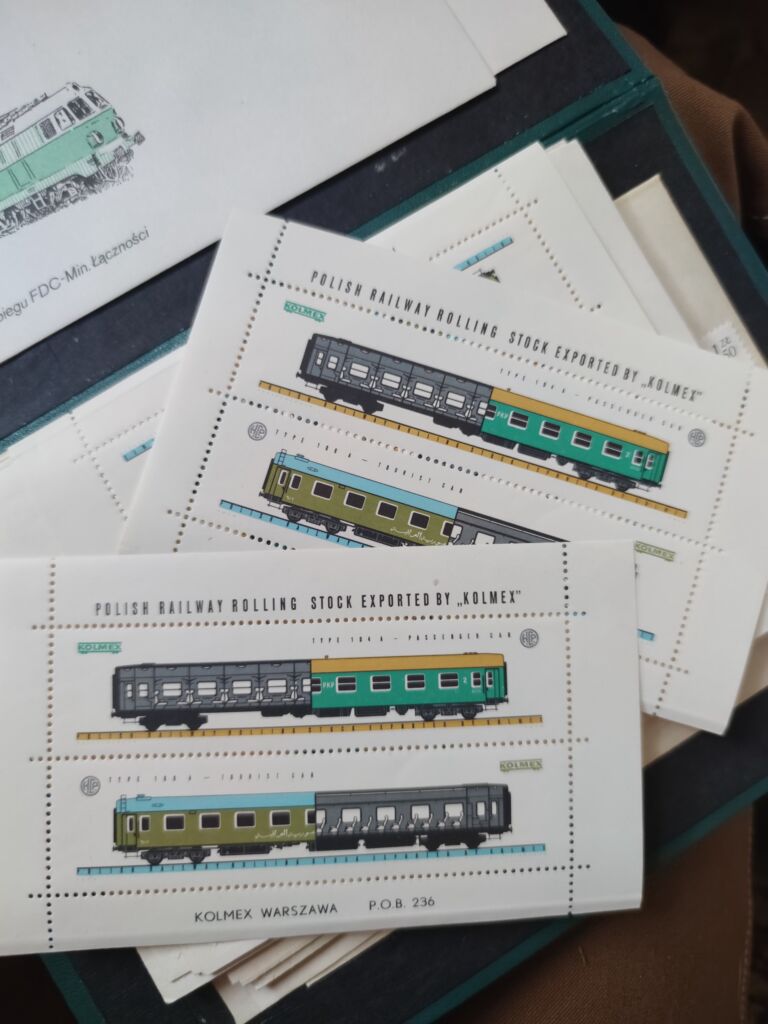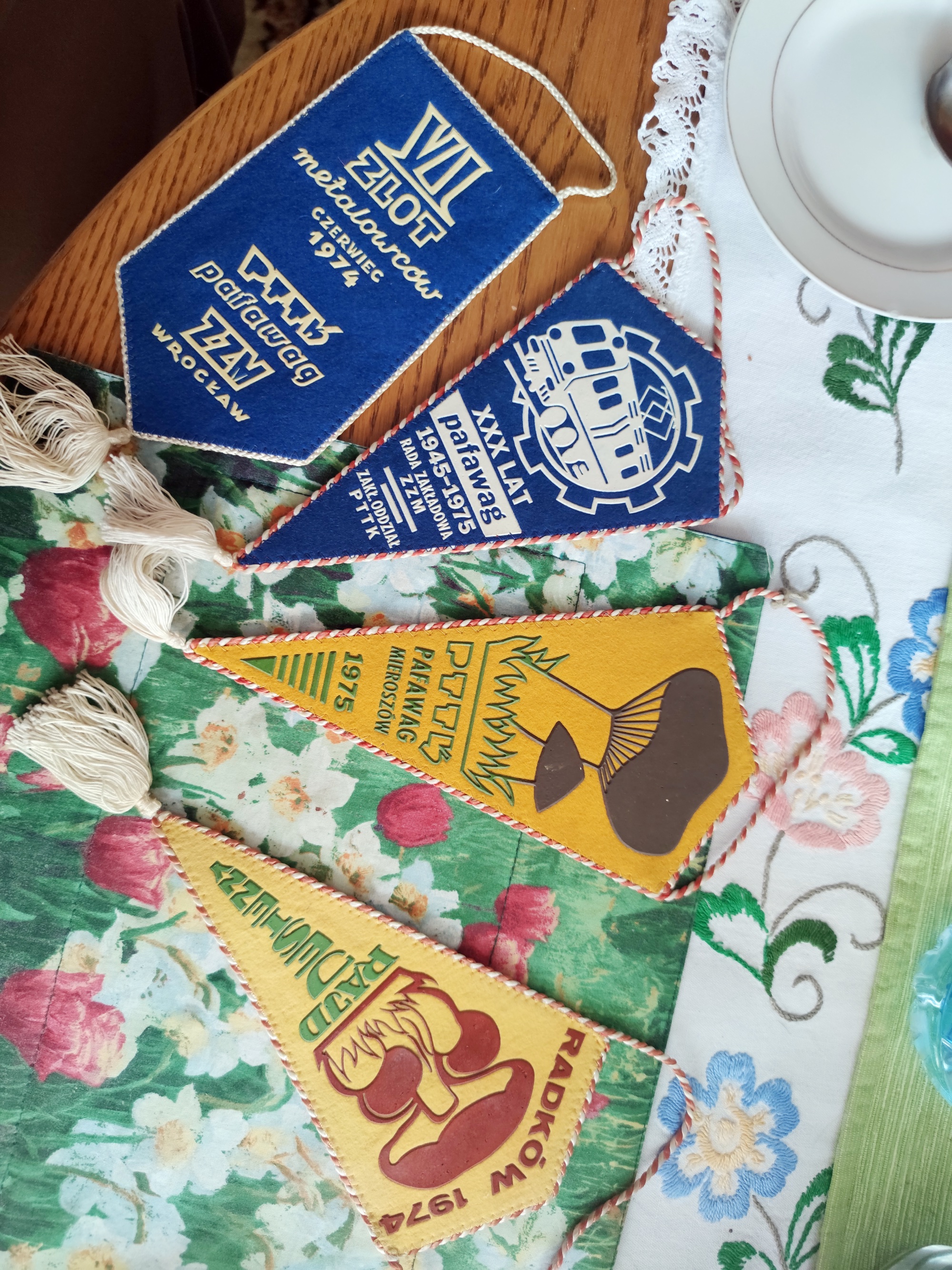The Kowalskis Must Rest. An Exhibition about Pafawag and Free Time
How has the work/rest ratio been changing over the years? The Kowalskis Must Rest is an exhibition about ways of spending free time in the period of socialism. In our story of the Pafawag National Rail Carriage Factory, we concentrate on the concept of balance between work and rest.
Work is an inextricable part of our lives. A third of our total working-age time is spent at work. Even though attitudes to work have evolved over the years, little has changed in the material aspect – we work in order to support ourselves. However, what is rest in relation to work? How was it approached in the socialist era, when the notion of holidays was just beginning to dawn on Poland’s working class?
The Pafawag National Rail Carriage Factory was among the first enterprises opened in Wrocław after 1945. As one of the biggest employers of that time, it carried an immense political burden. It was a specific “city within a city”, a hundred-hectare mammoth manufacturing rolling stock and at the same time introducing the practices of humanization of work. The idea was very popular in the times of the Polish People’s Republic (PRL) and came a consequence of the post-war process of industrialization. The intensive industrialization, in turn, influenced other areas of public life. Recreation, outings, holiday resorts, community centres – together with all the forms of spending free time accompanying them – were meant to compensate workers for their effort put into hard work. At the same time, characteristic architecture and visual culture, now largely lost, began to develop in Wrocław. The memorabilia presented at the exhibition, mostly from the workers’ family collections, are rare surviving materials which capture the design spirit of those times. The context of the exhibition has also inspired stories about humanization of work and its visual manifestations.
The stories of longtime employees, with their company pennants, badges, photographs, sport jerseys, caps or other advertising materials found in the drawers, are records of PRL’s everyday life, or at least its fragment which in this case constituted a starting point for further narration. At first sight, emphasizing the design of the exhibits deflects their political aspect, but we must remember that they were made in the time when all mass events were supposed to express the communist ideology. In this case, however, they have yet another dimension – they are expressions of nostalgia for the past, personal memories, perhaps even youthful illusions. Because, if conversations with former Pafawag staff are anything to go by, as a place of work and rest, for them the factory was almost iconic.
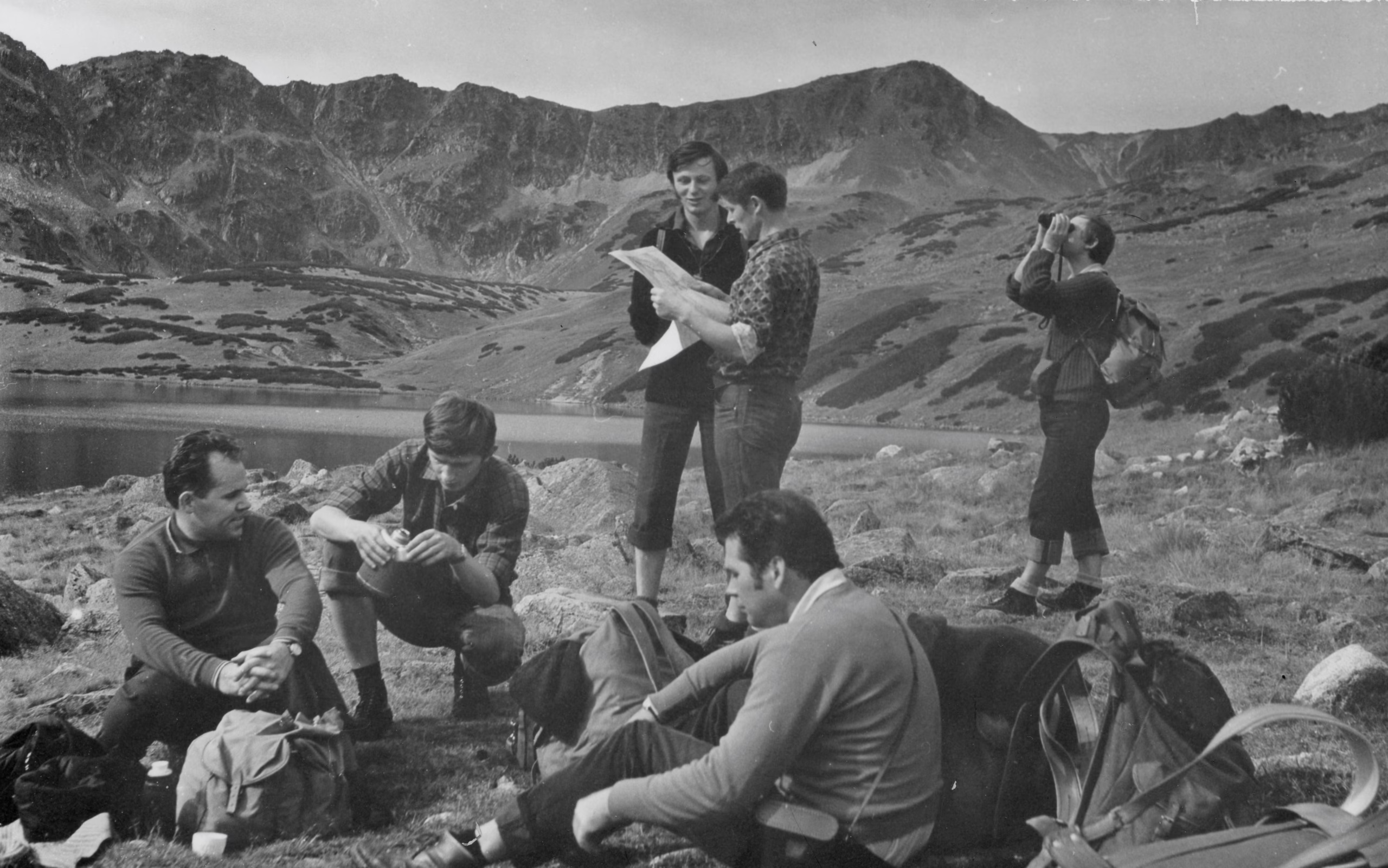
The Kowalskis Must Rest exhibition is a presentation of rediscovered Pafawag heritage. The criteria for choice of materials were predominantly rest and recreation. Designed by professionals and amateurs alike, the memorabilia have gone down in the city’s history. Without them, it would be difficult to present the full picture of recreation, leisure and everyday life of people connected with Pafawag. The exhibition spans selected thematic sections, including physical culture, company outings, events, holiday resorts and workplace aestheticization. Anonymous designs are accompanied by works of e.g. Wacław Szpakowski and Ryszard Więckowski.
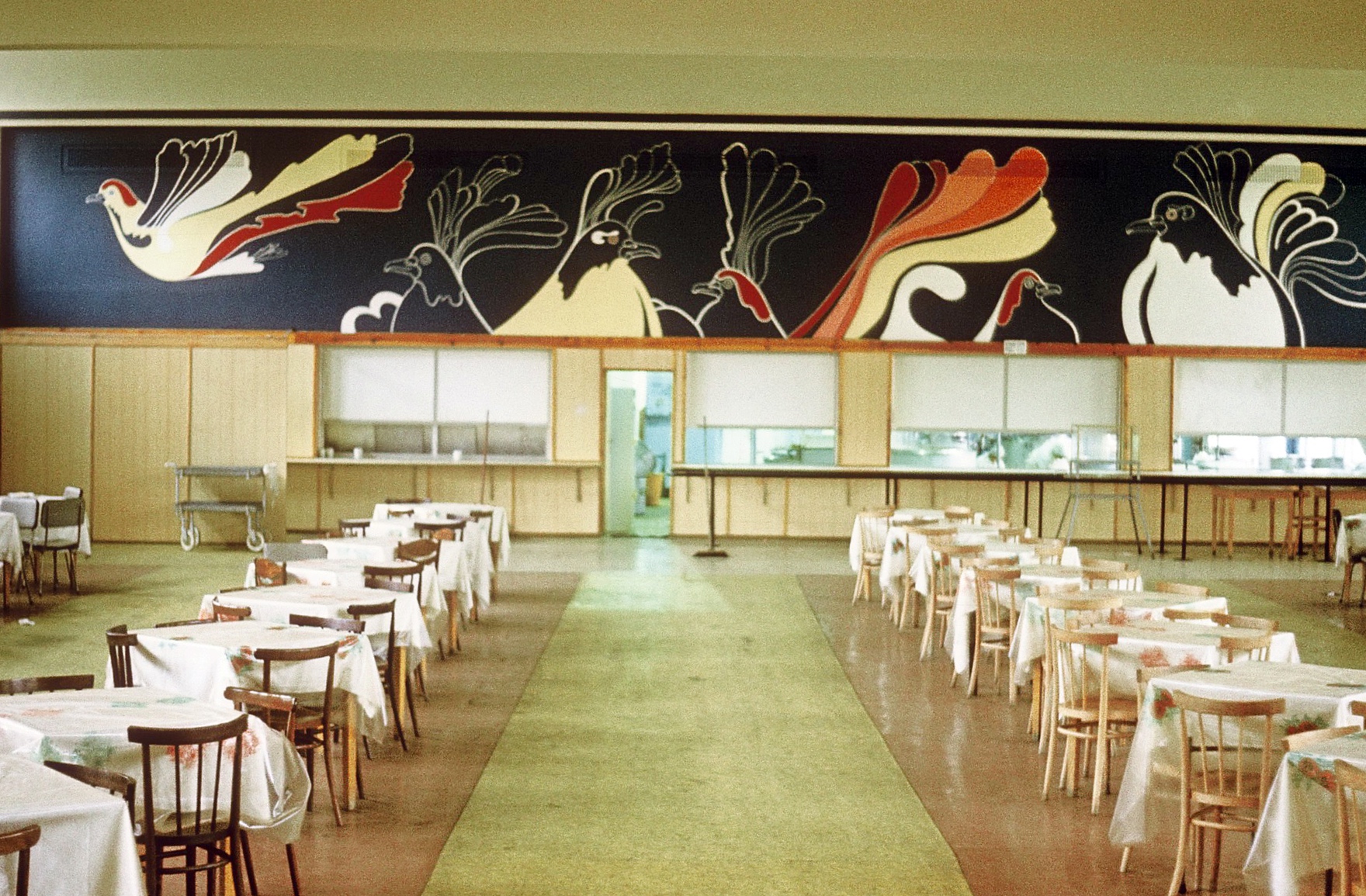
The exhibition stems from the interests of its curator, Iwona Kałuża, who for several years now has been investigating the role of industrial plants in the development of PRL society as well as relationships between artists and the working class. When gathering material among former employees, in local libraries and Wrocław’s National Archive, she attempted to form a narrative on the basis of rest and its contribution to the process of humanizing work. It is a story constructed around graphic designs, photographs, films and conversations with former Pafawag staff. It is also compatible with the idea of Lifery, which explores existing models of workplace recreation. The exhibition is a continuation of issues connected with regeneration, a theme we have been regularly addressing in Dizajn BWA Wrocław Gallery projects.
Iwona Kałuża – art historian, pre-war design researcher, audience development director at BWA Galleries of Contemporary Art, author of texts about industrial design, with particular emphasis on the role of company visual artists in industry, as well as texts on the protection of tangible and intangible heritage. She is interested in interior design, the role of industrial plants in building urban communities as well as the formation of PRL-period art scene. She participates in research projects connected with culture and art in Lower Silesia. In 2017, she curated the exhibition Electronic Brains. Elwro and its Artists. In 2021/2022, together with the Tymoteusz Karpowicz Foundation for Culture and Education in Wrocław, she ran the project Pafawag. 75th Anniversary and published New Identity. Contribution to Research on the Example of the Architecture of the Pafawag National Rail Carriage Factory in Wrocław, an article published by the Institute of Art History of the University of Wrocław in 2022.
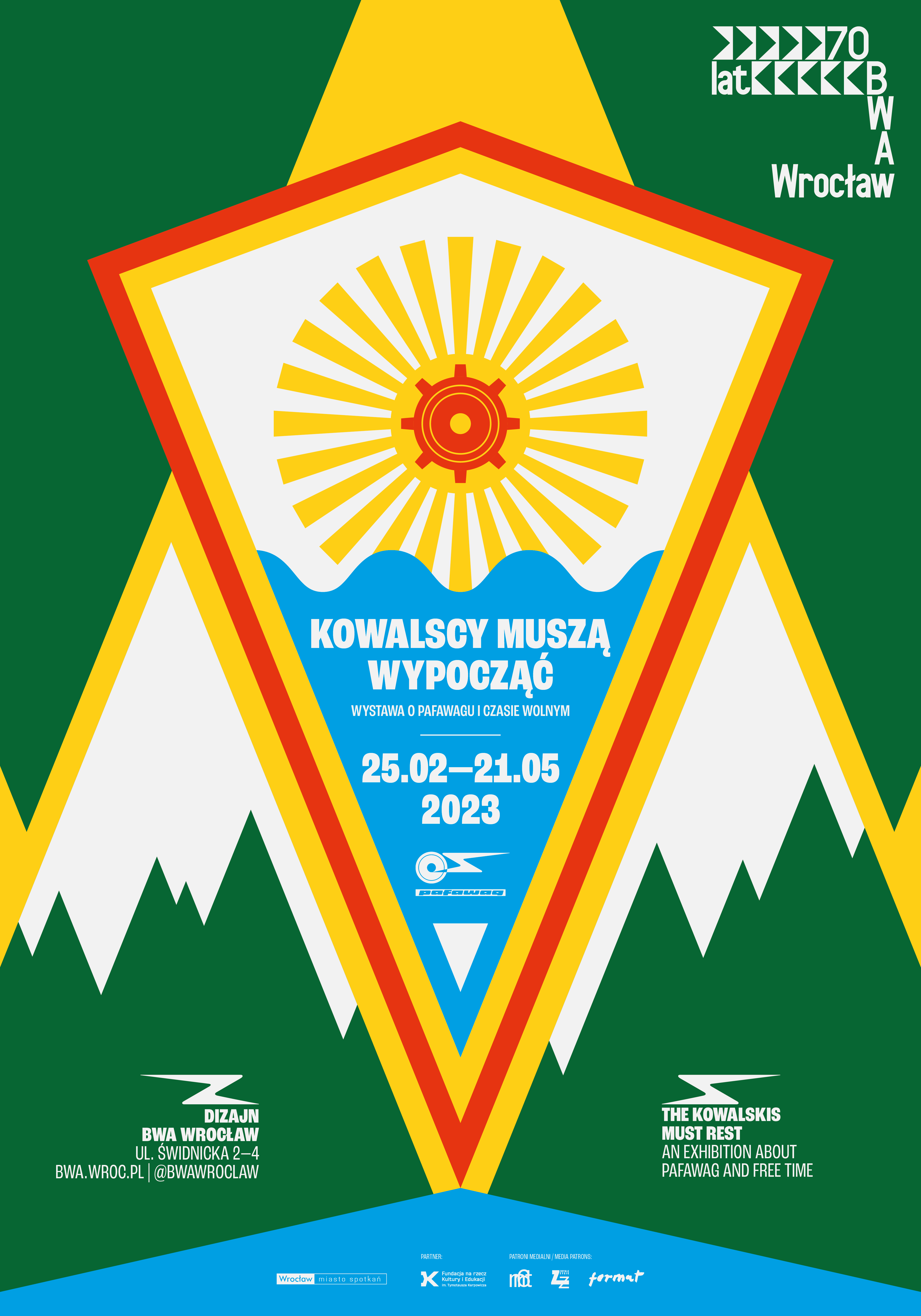
- Curator: Iwona Kałuża
- Gallery Programme: Katarzyna Roj
- Production and Coordination: Joanna Sokalska
- Promotion: Joanna Glinkowska
- Audience Co-operation: Daria Chraścina, Magdalena Weber
- Visual Identification: Łukasz Walawender
- Exhibition Design: Hubert Kielan
- Assembly: Tomasz Koczoń, Marcin Pecyna, Michał Perucki
- Translation: Romana-Olga Bednarchuk, Jerzy Chyb
- Organizer: BWA Wrocław Galleries of Contemporary Art
- Partner: Tymoteusz Karpowicz Foundation for Culture and Education in Wrocław
- Media Patrons: Notes na 6 Tygodni, Zwykłe Życie, Format
- Acknowledgements for materials provided: Stanisław Bobowiec, Łukasz Kujawski, Anna Szpakowska-Kujawska, Ryszard Więckowski, Zbigniew Wojciechowski, Alstom Pojazdy Szynowe Sp. z o.o., Former Pafawag Employees Association, University Library in Wrocław.
